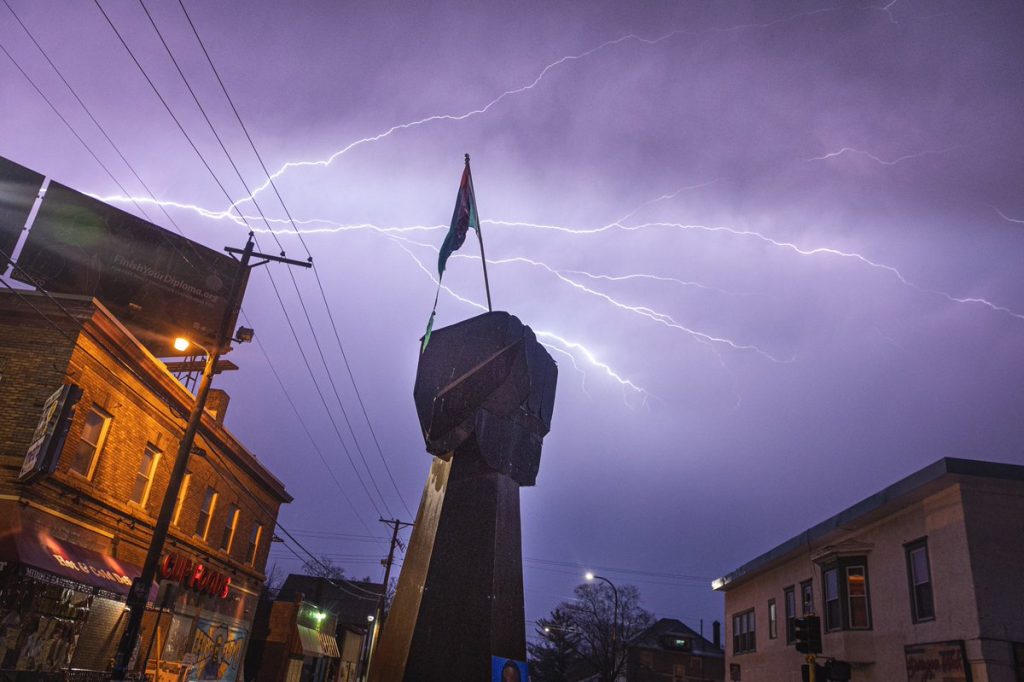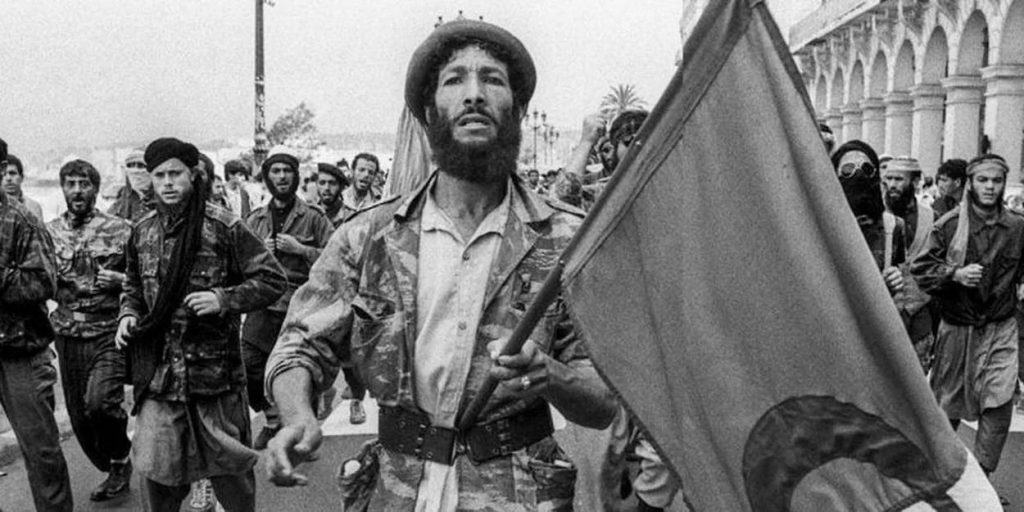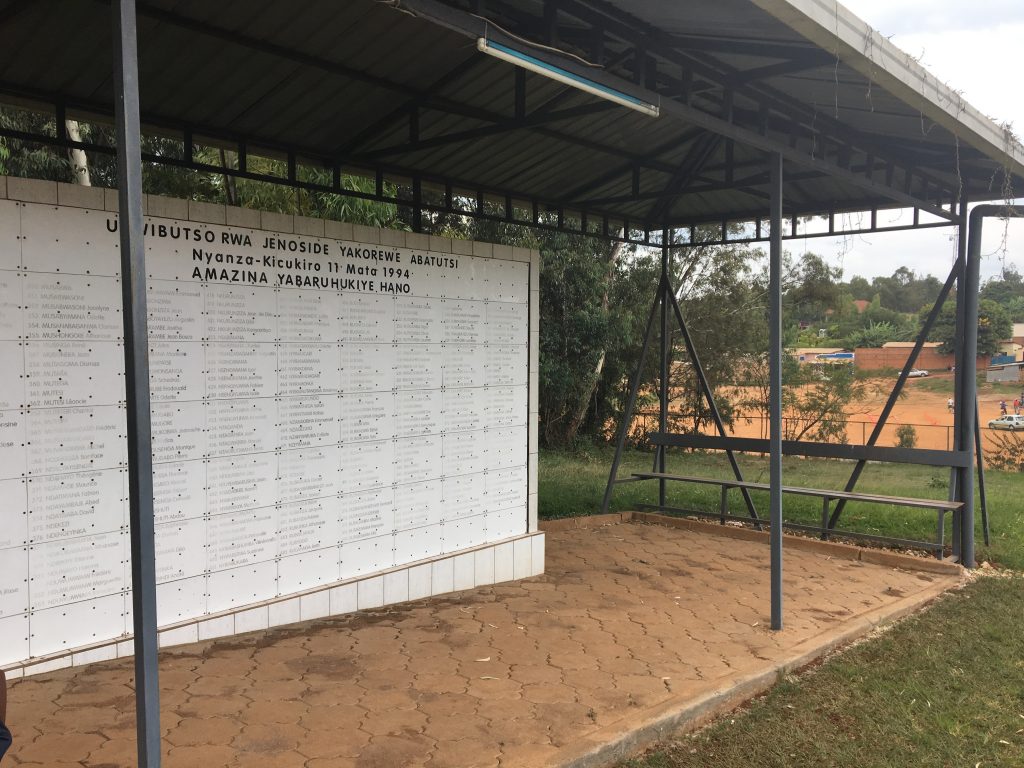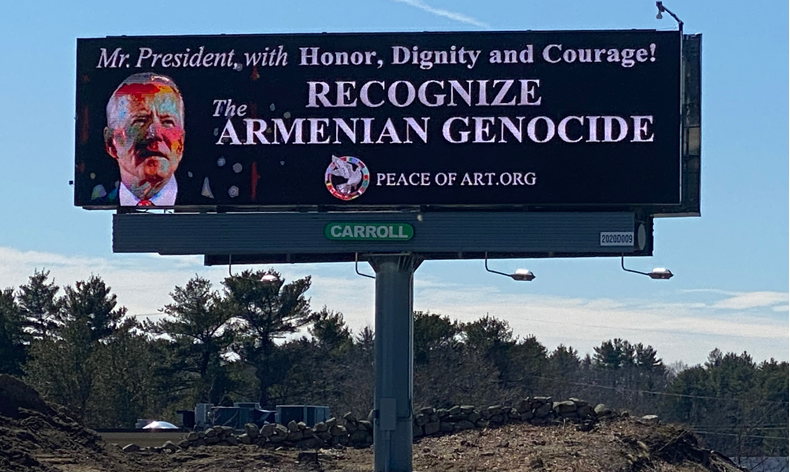When Joe Biden recently redecorated the Oval Office with paintings he had a lot to choose from: 45 presidents, a collection of founding fathers and countless political figures that have accumulated during 245 years of United States history. There are, of course, some questionable characters among them due to events like the Civil War, Watergate and the last administration. But the number of individuals with clearance to stare down from White House walls is still astonishingly high.
As the academic year draws to a close at the Center and a clear route forward out of the pandemic has come into view, two popular Spanish refrains come to mind: “No hay mal que dure cien años” and “No hay mal que por bien no venga.” These adages roughly translate to: “there is no evil that lasts a hundred years,” and “there’s nothing bad through which good doesn’t come.”
If anything, the advent of the pandemic made us more resourceful and agile as we pushed forward with unprecedented experiments with technology that connected CHGS with students, educators, advocates, and scholars across the country and the globe.
This piece was originally published by Scatterplot on May 24th, 2021.

Tomorrow marks one year since the murder of George Floyd at 38th and Chicago in South Minneapolis, sparking a rebellion that burned a police precinct and much of a nearby commercial strip. In the days that followed, a veto-proof majority of the Minneapolis City Council declared their intention to “dismantle” the Minneapolis Police Department (MPD). This declaration seemed to place the city at the forefront of a national conversation to reimagine public safety and redress racialized police violence. And yet, although the people of Minneapolis largely agree about the need for systematic changes in policing, residents, activists, and policymakers continue to disagree about the nature and scope of those transformations. These political struggles have complicated efforts to dismantle the MPD.
The genocide committed against Indigenous groups in America has been described as a topic of the past, however, this is a practice which has not paused since the arrival of the Europeans to this territory which we today call the American continent.
The recent government actions against indigenous populations demonstrate this, as it occurs in countries like Brazil and Colombia. At the same time, people look to claim their rights and resist through a diverse set of strategies that range from direct protest in the streets to the defense of their culture and thought via quotidian acts, pedagogical, and performative acts on Western culture.
In 2015, I was in a taxi in Medellin on my way to the airport. Upon hearing the news about the peace process between the Colombian government and the FARC, the taxi driver vehemently complained that the authorities were negotiating with people who perpetrated atrocities.
I jumped in and pointed out that Colombian paramilitaries also committed atrocities, yet the government negotiated their demobilization a decade earlier and rightly did it so. The taxi driver paused for a moment in silence and then replied: “You’re right. At the beginning, paramilitaries only eliminated drug addicts, prostitutes, gays, and communists. Then, they started to do drug-trafficking, and that is when they went bad.”
Editor’s note: April 24th marked the 106th anniversary of the Armenian genocide. That Saturday, President Biden formally recognized the event as genocide, the culmination of efforts by the Armenian community, nearly all of which are the descendants of genocide survivors. We asked Lou Ann Matossian, a local community historian, to reflect on the Armenian community’s connection to Minnesota.
By the fall of 1915, when the Ottoman Turkish extermination campaign was making headlines across Minnesota, the Armenian Genocide had been underway for six months. Closest to the story were two groups of Minnesotans—ethnic Armenians and Protestant missionaries.
Nearly five years ago, the Center published two blog articles, Another Genocide Declaration: This One Matters, and Berlin’s Message to Ankara, detailing the importance of Germany’s recognition of the Armenian genocide. Then, Germany had just become the thirteenth country to formally declare the targeted destruction of the Armenian population of the Ottoman Empire as genocide. To many scholars, Germany’s recognition of the genocide was the most important official recognition, not only because of Germany’s support for the Ottoman military but also because the Armenian genocide paved the way for the horrors of the Holocaust just over two decades later.
Beyond that, back in 2016, it was nearly inconceivable for the United States to recognize the Armenian genocide in any meaningful sense. Several Presidential candidates campaigned on the promise of recognition, only for the idea to be eschewed by the realities of contemporary geopolitics. Finally, in October 2019, the House of Representatives passed a nonbinding resolution formally acknowledging the genocide. In December, the Senate followed suit. Praising the vote, Minnesota Governor Tim Walz tweeted, “the Armenian Genocide is historical fact, and the denial of that fact is a continuation of the genocide.”
Algeria’s Hirak movement has persisted since its launch in February 2019. From large urban cities to rural towns, the peaceful movement mobilized Algerian citizens throughout the country. Although some analysts feared that the popular social movement would result in a return to violence and create space within the country for violent extremists, the movement has exhibited a strong aversion to extremist groups. Thus, these fears have been largely unfounded, as protestors actively reject groups like the Armed Islamic Group (GIA), which participated in the country’s decade-long civil war (1992-2002).
The GIA was a Salafi-Jihadist organization that engaged in open warfare with the Algerian government and eventually Algerian society during the country’s civil war. The GIA’s defeat during the civil war and the contemporary Hirak movement’s aversion to extremist organizations can be linked to the GIA’s attacks on civilians and its campaign of kidnapping, sexual violence, and forced domestic servitude.

The geographic span of the Holocaust was one of the most pivotal elements of the genocide. The extreme lengths that the Nazis took to displace many of their victims demonstrates their dedication to ethnic cleansing, enslavement, and ultimately the eradication of entire societies.
In Professor Sheer Ganor’s course “History of the Holocaust,” students’ final projects were designed with three core goals: to highlight the spatial dimension of the Holocaust, to give students an opportunity to intimately learn individuals’ life stories, and to analyze primary sources and scholarly studies that shed further light on survivors’ stories.
In April of 1994, genocide began in Rwanda. More than one million Tutsi were killed over the course of a mere 100 days; the lasting impact of this violence is immeasurable. Each year, beginning on April 7th, Rwandans across the world come together to reflect and commemorate during the annual Kwibuka remembrance period.


